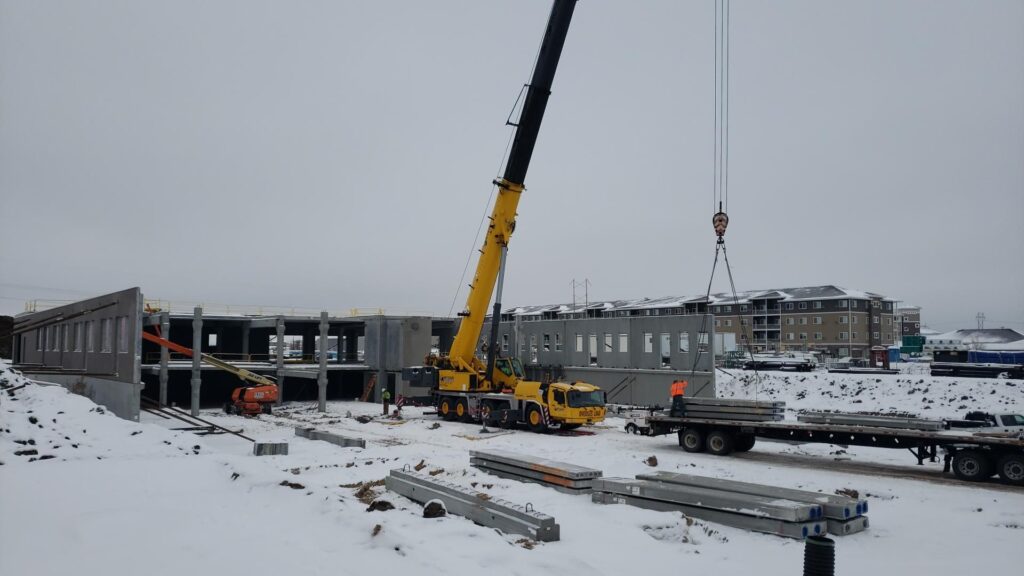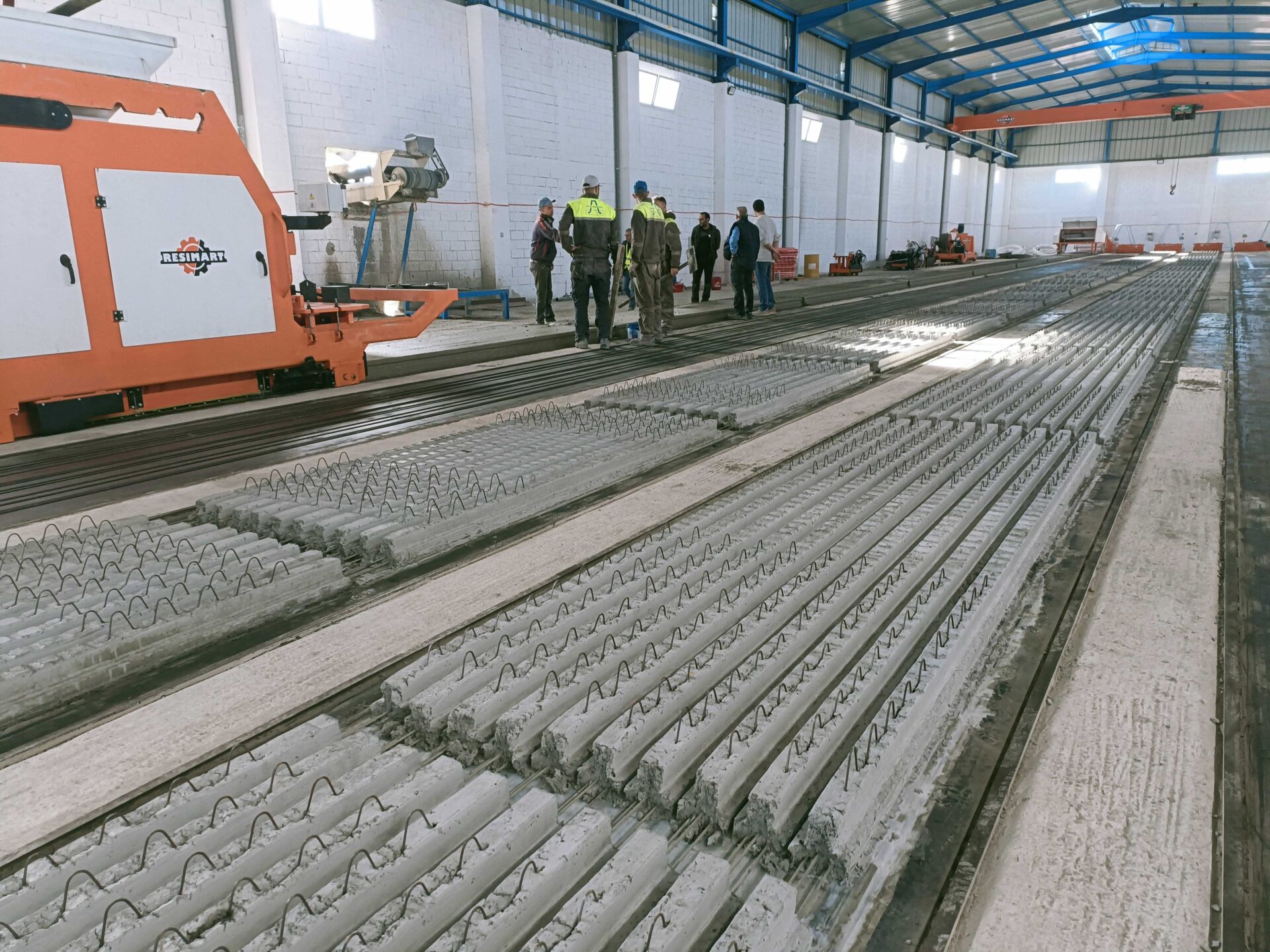The production of precast concrete is a meticulous process that demands precise dosing of cement, aggregates, additives if necessary, and water. However, beyond mere ingredients, the controlled curing process is essential to ensure the desired strength and durability of the concrete mix. In this guide, we delve into the nuances of concrete curing, focusing on the critical role that temperature plays in the process.
Understanding the Curing Process
The concrete curing process, initiated by the interaction of cement and water, involves an exothermic reaction that generates substantial heat. This reaction begins approximately an hour and a half after the addition of water, although the final strength of the concrete is not solely determined by this initial reaction, and it takes 24 to 48 hours at a temperature of around 20º for the strength to be sufficient to continue working on the project.
Impact of Temperature on Curing
Temperature significantly influences the speed at which curing occurs. Both ambient temperature and the temperature of the mix components play fundamental roles. Managing ambient temperature and humidity conditions allows informed decisions to be made about the concrete curing process.
Low Temperatures: Extended Curing Time
Low temperatures prolong the curing process, requiring suspension of concreting activities when temperatures are extreme until conditions improve.
If immediate pouring is unavoidable, it may be necessary to heat aggregates and water, in addition to using additives to ensure that the concrete sets at low temperatures. However, these processes prolong and increase the cost of the project.
An Effective Solution for Construction in Cold Climates: Precast Concrete
Construction in cold climates presents unique challenges that require innovative and efficient solutions. In this context, precast concrete has emerged as one of the most reliable and effective options for addressing low temperatures and ensuring the quality of constructed structures.
What are Precast Concrete?
Precast concrete are structural elements manufactured under controlled conditions in industrial facilities specifically designed for this purpose. These elements include panels, beams, slabs, and other components that are prefabricated off-site and then transported and installed in the appropriate location.
Manufacturing Precast Concrete in Cold Climates
Temperature Control in Industrial Facilities
One of the main advantages of manufacturing precast concrete is the ability to work in temperature-controlled environments. In industrial facilities equipped with heated tracks, optimal conditions for concrete curing can be maintained, even in cold climates. This ensures that the material hardens quickly and properly, preserving its structural properties without being affected by adverse environmental conditions.
Advanced Curing Technology
The concrete curing process is crucial to ensure its strength and durability. In the case of precast concrete manufactured in cold climates, advanced curing technologies are employed to accelerate the process without compromising the quality of the material. This is achieved through heating systems or the use of additives that replicate the ideal curing conditions, regardless of external temperatures.
Flexibility and Efficiency in Production
Another significant advantage of precast concrete is its ability to be produced at any time of the year. Thanks to the controlled conditions of industrial facilities, they are not limited by seasonal temperature fluctuations. This provides builders with greater flexibility in project planning and execution, allowing them to meet established deadlines more efficiently.
Applications of Precast Concrete
Residential and Commercial Building
Precast concrete is widely used in the construction of residential homes and commercial buildings in cold climate areas. Its ability to withstand adverse conditions and its rapid installation make it the ideal choice for projects requiring fast and durable construction.
Transport Infrastructure
In the transportation infrastructure sector, such as bridges and viaducts, precast concrete offers an efficient solution for building robust structures capable of withstanding weather inclemencies. Their off-site manufacturing and subsequent assembly reduce construction times and minimize disruptions to communication routes.
Industrial Facilities
In the industrial sector, precast concrete is used in the construction of warehouses, factories, and other facilities where strength and durability are required. Their ability to adapt to different designs and specifications makes them a versatile option for a wide variety of industrial applications.
Conclusions
In conclusion, precast concrete represent an effective and versatile solution for construction in cold climates. Thanks to advanced technology and manufacturing processes, these elements offer strength, durability, and efficiency in construction projects of all kinds. Their ability to be produced in controlled conditions ensures consistent and high-quality results, regardless of external weather conditions.
In situations where extreme cold weather is present, precast concrete is the only consistent option to avoid construction halts.





